Fun-loving, cute face & curly tail, Pugs make a great companion

Pug Spotlight
- Approachable and playful
- Prone to respiratory problems
- Medium shedder
- One of the oldest dog breeds
- Great with children, strangers and other dogs
- Has a friendly and inviting expression
- Probably descended from the Pekingese
- Pugs are known to snort & snore loudly
History
The Pug is one of the most ancient dog breeds still living today and it has been recorded as far back as 400 BC. Some specifics of the breed’s history remain unknown, but It is first known to have been the companion of Buddhist monks in Tibet. It then appeared as a popular companion of choice for families of Chinese royalty before it spread to Italy, Spain, England and other parts of Europe where they were depicted in important artwork and written records.
The breed shares numerous characteristics with the Pekingese and many experts believe it originated in Asia. Some believe it is more similar to the Bulldog or French Mastiff than it is to the Pekingese but this theory is significantly less supported.
Historically speaking, the Pug has frequently been a companion breed for rulers and other public figures. In fact, a Pug was even known to have accompanied William the Third and Mary the Second on their journey to accept the English throne in 1688. The breed experienced an ever larger increase in popularity and abundance during Queen Victoria’s reign over England, during which she bred her own pure line of Pugs and play a crucial role in the development of the Kennel Club. Over in France, an infamous Pug named Fortune belonged to Napoleon and his wife Josephine.
Fortune was used as a messenger for Josephine when she was later imprisoned and needed a way to communicate with Napoleon. The Pug received American Kennel Club Recognition in 1885. It remains relatively popular and is currently ranked as the 34th most popular small dog breed by the AKC.
Personality & Temperament
The Pug is known for its charming and joyous personality. The breed can be feisty but mostly in a positive sense. The Pug loves to play and is incredibly smart, and it behaves exceptionally well around children, animals and strangers alike.
The Pug is loyal to its family and shows them a great deal of affection, and it just as happy to receive attention from total strangers. A Pug can win over virtually anyone and wants to be a friend to all.
The Pug is much less yappy than many other small dog breeds and is considered to be the best of both worlds when it comes to watch dogs, as it will alert its owner when someone has arrived or when it hears a strange sound but it will not bark excessively.
However, the Pug is no less prone to developing small dog syndrome than any other dog of similar size and therefore requires a firm, confident owner who will establish himself or herself as the boss from the very beginning. Owners should never tolerate excessive barking or any other unwanted habits as this will most certainly lead to more behavioral issues later on.
Appearance & Grooming
The Pug is symmetrical and its body should be neither plump nor lean. Its head is large in proportion to the rest of its body and its face has deep horizontal wrinkles from the top of the head to the bottom of the jaw. The eyes should always be dark and round, and they should bulge out of the face but not excessively. The face should have a soft, happy and approachable expression.
The thin, velvety ears can come in two different variations. The mouth and nose are blunt and do not protrude from the face. The coat is smooth to the touch and should appear glossy. The thick neck has a small arch and the back is of consistent height from the front legs to the back legs. The tail is wound in a tight curl and curved slightly forward over the hip.
The Pug’s smooth coat is rather short and is therefore quite easy to groom. It should be brushed on a regular basis to remove any loose hair, as the Pug is an average shedder. The Pug only needs to be bathed as needed. It should be noted that Pugs are incredibly sensitive to both hot and cold temperatures, so they need to be completely dried after a bath to prevent them from catching colds.
The wrinkles in the face will also need to be cleaned on a regular basis. The Pug’s eyes should be frequently cleaned to prevent infections or other health issues. The teeth should be a few times per week and the nails should be trimmed once or twice per month depending on how quickly they grow.
Health
- Respiratory issues are highly common in Pugs as they are brachycephalic or short-headed which is a direct result of extensive efforts to breed them to have a certain appearance. Pugs also have shortened airways, and the combination of these two characteristics makes them prone to breathing problems.
- Patellar luxation happens when a dog’s kneecap is dislocated from its original position. The issue is quite common, especially in toy and miniature breeds. The exact moment the dislocation occurs is typically the only time the dog will feel pain or discomfort, and signs that a dog has a dislocated kneecap include skipping, lameness and irregular movement.
- Pug dog encephalitis (PDE) is an inflammatory disease that affects the central nervous system. It is almost always fatal and is technically referred to as necrotizing meningoencephalitis (NME) when observed in other small breeds. When the disease is in later stages it causes the dog to experience blindness and neck pain among other.
Exercise & Care
The Pug requires a moderate amount of exercise to remain happy and healthy. Pugs should be walked at least once per day but are not recommended as rigorous jogging partners due to their susceptibility to respiratory issues.
The Pug has a moderate prey drive and should always be walked on a leash or allowed to explore off-leash in an enclosed area. Pugs require mental stimulation as much as they require physical activity, so find ways to incorporate both needs into outdoor playtime.
Aside from supervised time spent outside, Pugs should live indoors with their owners. Each individual dog within the breed will have specific nutritional needs, so working with both your breeder and your veterinarian is the best way to determine a type and quantity of food that works for your dog. Like any other pet, Pugs should always have access to clean, fresh water to prevent dehydration.
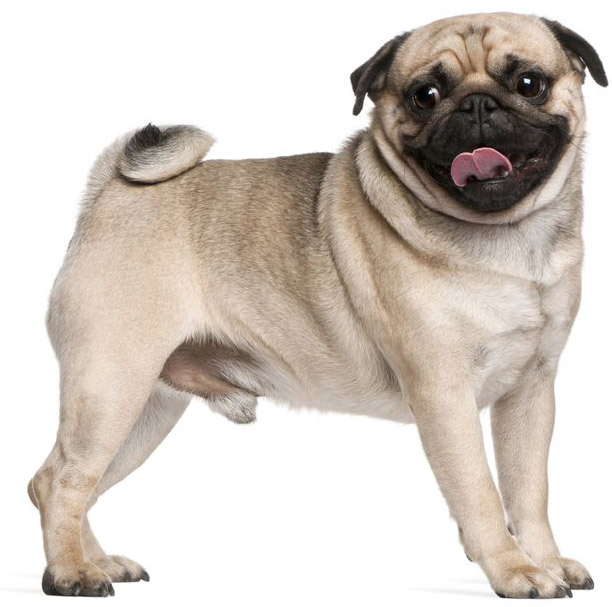
 China
China
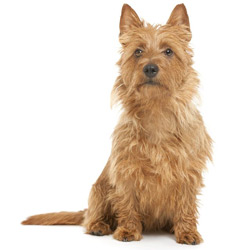
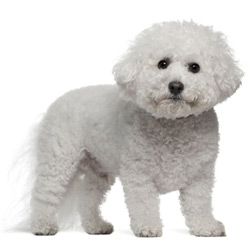
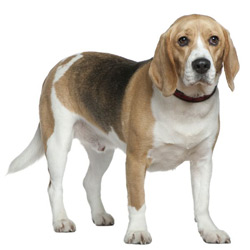
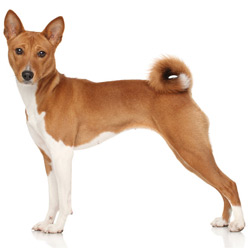
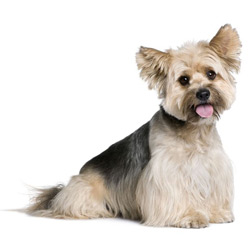
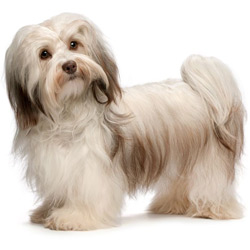
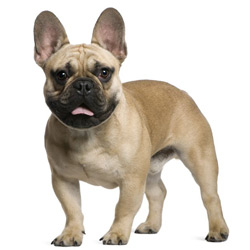
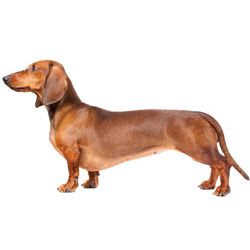
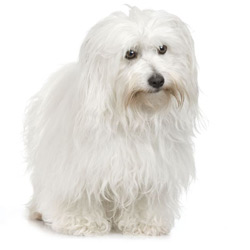
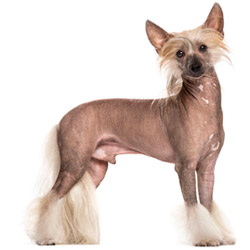
What do you think?